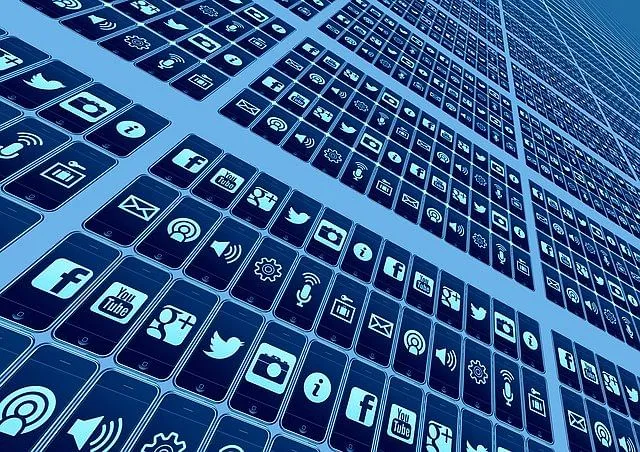Even as the pandemic is turning into a real dreadful viral thing, we are also witnessing the virtual ‘viral’ sickness infecting us. With the Internet opening the door to almost every level and form of content sharing, all pretty dumb stuff receives an incredible amount of popularity and is becoming a numbing hit. Albeit catchy hooks and wicked plainness, such ‘viral’ content is not just for ‘one-hit-wonders.’ It usually generates a sort of pantomime, point-missing quality content that gathers huge awe. It either is a slapdash pleasure or a grand hit.
Research has revealed the downsides of social media. The moot point is how vain and nonsense gets viral, and how do social media users hit a ‘like and share’ button on any mediocre stuff in a flash. Some media theorists place a scientific explanation to this frenetic phenomenon of rapid, user-led content distribution via the internet. Using the Uses and Gratifications and Two-Step Flow theories, the comments posted on the viral stuff (audio-visual or text) are analyzed through content analysis and certain key factors are identified based on the user comments which largely contribute to the stuff fetching millions of reads or views. If the content elicits four basic elements in the audience (self-intensification, emotion, affinity and frisson), and is also shared by “opinion leaders”—the chances of such content going viral multiplies manifold. To varying degrees, these factors prompt people to share the content with others. In fact, the secret to making something viral is to motivate people’s desire to share. The more the content is shared, the more it will go viral. And of course, the web analytics and algorithms maneuver the amplification of any content on social media platforms that are increasingly intruded by ‘cyber troops’—the ones who capitalize these platforms to manipulate and influence public opinion. As of now, there is no fail-safe mechanism in place to clean out the vile and often-toxic trash that flows over the social media platform.
In Kashmir, the recent viral video pressed the school education department to come out with a policy in 48 hours limiting daily online classes to half-an-hour for pre-primary students and 90 minutes for primary and middle students. The video was a casual narration of a cute kid shared widely on social media because of the innocence (affinity element) of the kid. The video elicited a quick response from the administration, resulting in the lessening of online classes. However, reacting to this arbitrary decision, the Jammu and Kashmir Education Chamber (JKEC)—an amalgam of leading private school associations from both Kashmir and Jammu divisions—called this decision “bizarre, devoid of any logic and detrimental” for the future of students; and raised questions as to how an education policy can be altered within 24 hours. The incident raised eyebrows reflecting the ‘fragile and flimsy’ policy of the education department to be influenced by a six-year-old simple child. It has brought forth the issue of social media’s “viral sway” in a world where insanity and distraction have taken the meaning out of our lives. The pointless becomes prominent. And drivel turns discourse.
Another 90-second viral video making rounds was of a 24-year-old son of a government teacher who committed suicide minutes after shooting the video in which he revealed—“My father has not been given salary from last 30 months and our family is living in a miserable condition. There are many teachers like my father, who have not been paid salaries. So, I am sacrificing myself so that the issue is highlighted and they (teachers) get their salaries.” Exhibiting the desolate human tragedy, the video took four days for the same education department to release the salary of the dead son’s father. And yet, no practical policy has been proclaimed to alleviate the sufferings of hundreds of RETs (Rehbar-e-Taleem Teachers) ala the father of the young man who committed suicide.
Bottomline: Social media as a social mechanism today and its so-called viral effect is rushing the speed of community decline and meaning deterioration even though social media creators believed the opposite. We are running out of reason and authenticity. Trivia and travesty are overriding. From a few character tweets, a few second videos, a few moment memes to a virtual hallway of inconsequential talking rooms, social media is spreading the virus of surreal miasma. We are infected badly. Hypoxic and diseased to the core. Our world is absolutely unreal. Andrew Marantz of The New Yorker sums it up lucidly—“With shocking speed, social media decimated professional media, abraded our civic life, coaxed us into unhealthy relationships with our phones and with one another, harvested and monetized our personal data, warped our brains and our politics, and made us brittle and twitchy and frail, all while a few entrepreneurs and investors continued to profit from our addiction and confusion” (January 15, 2021).






